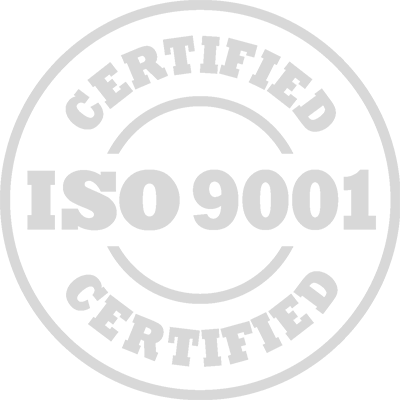Introduction:
The oil and gas sector is inherently exposed to a wide array of political risks throughout its operations. These risks can be profoundly impactful, with a McKinsey study indicating that as much as 70% of earnings could be jeopardized by political uncertainties. Oil and gas industry risk management is, therefore, a critical skill for companies to possess.
This petro knowledge training course on managing political risk for the oil and gas sector is designed to equip participants with comprehensive skills and knowledge to assess and handle political risk. The political risk management in the oil and gas industry course emphasizes the necessity of identifying unique political risks, analyzing their impact on projects or businesses, and implementing effective strategies for their mitigation.
The oil and gas risk management course is apt for professionals seeking to develop robust approaches to political risk management in the oil and gas industry, ensuring the safeguarding of project success and value realization.
This political risk management in the oil and gas industry course provides an overview of strategies and tools for mitigating political risks associated with operations in the oil and gas sector and offers insights into geopolitical dynamics, regulatory frameworks, and crisis response mechanisms. Through case studies and expert analysis, participants gain practical knowledge to navigate complex political environments, safeguard investments, and ensure business continuity amidst geopolitical uncertainties.
Targeted Groups:
- Country Managers.
- Asset Managers.
- Project Managers.
- Operations Managers.
- New Venture Managers.
- Business Development Managers.
- Finance and Tax Professionals.
- Lawyers.
- Risk Managers.
- Government Relations Managers.
- Political Risk Analysts.
- Corporate Affairs Managers.
- External Relations Managers.
- Corporate Social Responsibility Managers.
- Public Relations Professionals.
Course Objectives:
By the completion of this oil and gas risk management training, participants will be capable of:
- Exploring recent trends and developments in sources of Political risk.
- Analyzing and mitigating the political risks of the oil and gas industry.
- Developing and applying tailor-made strategies for effective oil and gas risk management.
- Utilizing a broad spectrum of tools and methods to enhance capabilities in managing political risk.
- Getting updated strategies and ideas for mitigating political risk in the oil and gas industry.
- Understanding how to create synergies within their organizations and with external stakeholders for managing risk.
Targeted Competencies:
At the end of this political risk management in the oil and gas industry course, the target competencies will be able to improve the following:
- Sources of political risk.
- The role of various political actors.
- Assessment tools and strategies.
- Best practices in political risk management in the oil and gas industry.
- Successful strategy and tactics for managing political risk.
- Scenario planning to forecast and manage political risk.
- Collaborative approaches for managing political risk.
Course Content:
Unit 1: Introduction to Political Risk:
- What is political risk?
- Introduction and definitions.
- Ethical considerations in political risk.
- Ethics and principles.
- Accountability and transparency in dealing with political actors.
- Human rights.
- Governance aspects in managing relations with political entities.
- Adherence to standards and codes of conduct.
Unit 2: Political Risk: Threats and Opportunities:
- Global developments and their impacts.
- Geopolitical risk in the oil and gas industry.
- The effect of climate change on the oil and gas sector.
- Technological advancements.
- Outlook for the oil and gas industry.
- Transforming potential threats into opportunities.
Unit 3: Sources of Political Risk:
- Sources of Political Risk.
- Government policy implications.
- Conflict zones and their effects.
- Political transition and change.
- Social divides and their significance.
- Ethnic and minority group issues.
- Rise of populism.
- Economic factors contributing to political risk.
- Black Swan events and their unforeseen impacts.
Unit 4: Sources of Information and Analysis:
- Engaging with government institutions.
- Analysis of political actors' roles.
- Media and publication reviews.
- Academic research inputs.
- Civil society influence.
- Consulting firm resources.
- Human intelligence and networking.
Unit 5: Assessing Political Risk:
- Application of assessment strategies and tools.
- Correlating disparate pieces of information.
- Navigating incomplete datasets.
- Comprehensive 360-degree risk perspectives.
- Incorporating expert opinion.
- Introduction to scenario analysis.
Unit 6: Red Flags and Showstoppers:
- Identification of critical warning signals.
- In-depth assessments of potential deal-breakers.
- Ongoing monitoring of the political landscape.
Unit 7: Capturing and Communicating Political Risk:
- Reporting methodologies.
- Use of risk matrices.
- Metrics for risk evaluation.
- Presentation techniques for executive audiences.
Unit 8: Managing Political Risk:
- Strategies for political risk management.
- Determining controllable, influenceable, and ignorable factors.
- Selection of appropriate management techniques.
- Monitoring developments and incorporating feedback.
Unit 9: Building Political Capital:
- Early investment in relationships and goodwill.
- Alignment of projects with national interests.
- Proactive engagement.
- Strategies for proactive risk management.
- Early awareness of policy adjustments.
- Emphasis on consultation and stakeholder engagement.
- Evaluating successes within proactive and partnership approaches.
- Organizational design for managing political risk.
- Skills and expertise.
- Team structure.
- Embedded teams.
- Engaging the leadership team.
Unit 10: Building Scenarios:
- Defining scenario planning.
- Goal setting for scenario exercises.
- Scope determination for scenarios.
- Predictive vs. anticipatory approaches.
- Idea generation and brainstorming.
- Outline various scenario outcomes.
- Worst and best-case.
- The status quo.
- Evaluating scenarios based on likelihood and impact.
- Deciding on the number of scenarios necessary.
Unit 11: Using Scenarios:
- Approaches for managing uncertainty.
- Planning for contingencies.
- Opportunity identification within scenarios.
- Handling high-impact, low-probability situations.


